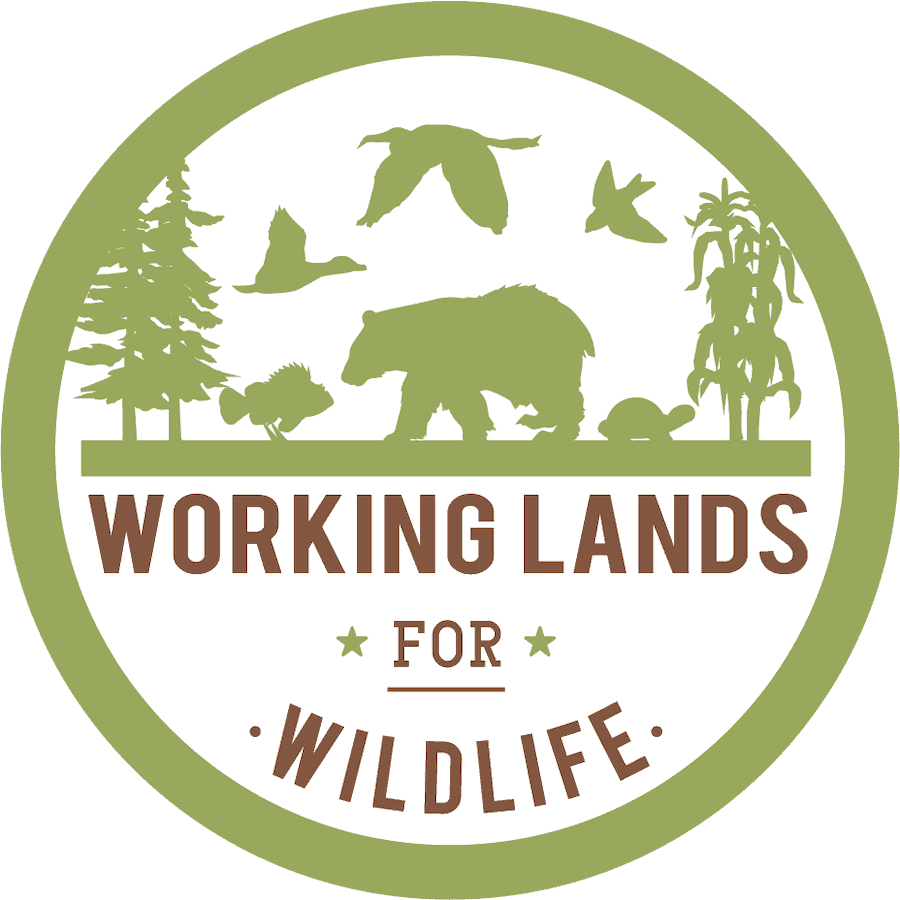-
 NOAA Firebird Project
NOAA Firebird Project
-
by
Rhishja Cota
—
published
Mar 28, 2023
—
last modified
Oct 17, 2024 11:22 PM
—
filed under:
Wetlands,
Data Collection,
Marsh Birds,
Habitat,
NOAA,
Prescribed Burn,
Wildland Fire,
NOAAFireBird,
Birds
The NOAA Firebird Project is focused on understanding how prescribed fire practices affect populations of black and yellow rails and mottled ducks in high marsh across the U.S. Gulf States, during the breeding and non-breeding seasons.
Located in
Resources
/
…
/
Projects
/
Prescribed Burn
-
Working Lands for Wildlife: In Pursuit of the Shifting Mosaic
-
by
Admin
—
published
Feb 25, 2021
—
last modified
Jul 06, 2021 06:04 PM
—
filed under:
American Woodcock,
Birds,
WLFW,
Ruffed Grouse,
Ruffed Grouse Society,
Webinar,
Appalachia,
Landowners,
Forestry,
Forest Management,
Working Lands for Wildlife,
American Woodcock Society
Ruffed Grouse Society & American Woodcock Society with Working Lands for Wildlife discuss forests, wildlife, and communities. This webinar described working lands conservation programs and how they can benefit landowners, wildlife species, and promote forest diversity. Meant for landowners and natural resource professionals.
Located in
Learning & Tech Transfer
/
Webinars & Videos
-
Growing-Season Prescribed Fires and Ground-Nesting Birds: Answers for Longleaf Restoration
-
by
Rhishja Cota
—
published
Apr 24, 2023
—
last modified
Apr 11, 2024 07:31 PM
—
filed under:
WLFW,
WLFW Training Resources,
Wildland Fire,
Prescribed Burn,
Landscape Conservation,
Birds
This presentation will look at the science behind the use of fire during the "lightning season" (the months of April – July) and its effects on ground-nesting birds such as quail and Bachman’s sparrow.
Located in
Learning & Tech Transfer
/
Training Resources
/
Inbox
-
 Shorebirds of Louisiana
Shorebirds of Louisiana
-
by
Web Editor
—
published
Dec 11, 2024
—
last modified
Dec 11, 2024 09:36 PM
—
filed under:
Published Materials,
WLFW,
Louisiana Department of Wildlife and Fisheries,
Aquatics,
Shorebirds,
Louisiana,
Birds,
General Resources and Publications
Shorebirds Of Louisiana
Located in
Resources
/
General Resources and Publications
-
IN Workshop - Native grasses in Prescribed Grazing Systems
-
by
Bridgett Costanzo
—
published
Jun 13, 2019
—
last modified
Dec 06, 2024 07:01 PM
—
filed under:
Bobwhite,
News,
News & Events,
Native grasses,
WLFW,
Northern Bobwhite Quail,
Birds,
Workshop,
Prescribed Grazing,
Grasslands and Savannas,
Working Lands for Wildlife,
native grasslands,
forage
Using Native Warm-Season Grasses in a Grazing System
Participants will learn the latest research-supported methods for reliable native forage establishment and grazing management to maintain grass vigor and animal performance through the summer.
This training is being presented by The Center for Native Grasslands Management and NBCI through a grant provided by Quail Forever and the Natural Resources Conservation Service in support of the Working Lands For Wildlife: Bobwhite in Grasslands project.
Topics to be covered:
Bobwhite basics, bobwhite habitat considerations in grazing lands
Overview of native warm-season grass (NWSG) establishment
Why use NWSG in your grazing system – animal performance and economics
How to manage NWSG forages – maintaining vigor and productivity, impact on bobwhite and other grassland birds
NWSG in complementary cool-season grass systems.
Registration:
No registration fee, but registration is required.
Please RSVP to jhodge34@utk.edu.
Lunch will be provided to participants.
Located in
News
-
 American Black Duck Decision Support Tool
American Black Duck Decision Support Tool
-
by
Rhishja Cota
—
published
Nov 09, 2022
—
last modified
Jul 26, 2023 12:14 PM
—
filed under:
Additional Resources,
American Black Duck,
Decision Support Tools,
Climate Change,
American Black Duck Additional Resources,
Watersheds,
Black Duck,
Research,
Urbanization,
Peer-reviewed Science,
Waterfowl,
Migration,
Aquatics,
Products,
Birds,
Resources,
Salt marshes
The Atlantic Coast Joint Venture Black Duck Decision Support Tool (DST) helps to identify the exact number of acres to protect, restore or maintain at the small watershed scale. Through this tool, land managers can determine the best way to contribute to achieving black duck goals anywhere on the landscape.
Located in
Information Materials
/
Research
/
Peer-reviewed Science
-
Light Weight Tracking Technology Could Help Reveal Mysteries of Golden-winged Warbler Decline
-
by
Rhishja Cota
—
published
Oct 24, 2022
—
last modified
Nov 03, 2023 09:37 PM
—
filed under:
Eastern Deciduous Forests,
Audubon North Carolina,
Bird monitoring,
WLFW,
Wildlife Conservation,
Songbird migration,
Golden-Winged Warbler,
Endangered Species,
News,
Working Lands for Wildlife,
Birds
Audubon and partners across the South and Midwest are using radio tags to track a rare songbird.
Located in
News & Events


